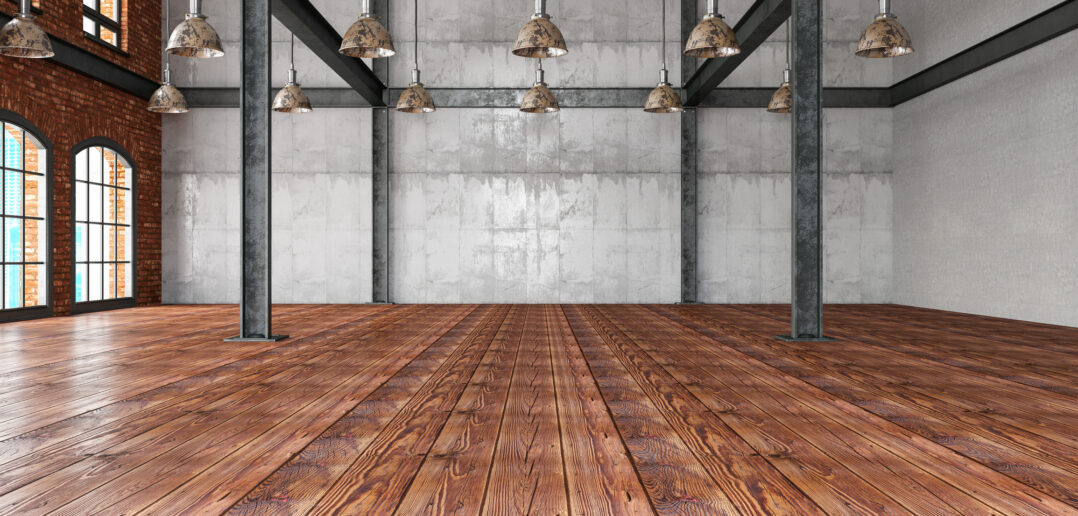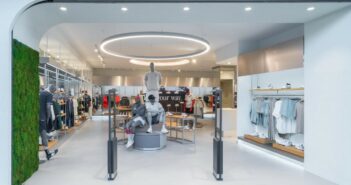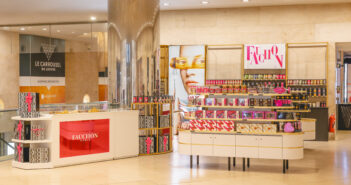Retail property players have reopened around the world to the reality that numerous tenants have not survived because of either the modern challenges of store retailing or the impact of the pandemic. The onus is on development companies to find creative uses for their empty spaces, such as leisure property, that add dynamism and revenue to their centres.
In our latest report we take a look at one of the key sectors that can take up vacant space and create extra entertainment and animation for a shopping destination – leisure. A variety of leisure property developers and leisure players have developed concepts that can be integrated in retail property developments.
After a near 18-month period like no other, retail property developers are having to reframe their offer. With many adapting rapidly to the challenges of a retail market that had been shifting sharply online, malls and high streets were already going through their own transformations. But the pandemic has accelerated change and with it required landlords to act faster, more imaginatively and introduce more innovation.
Catella’s latest European retail research reflects that despite declining retail allocations among real estate investors, there will be a price point where retail property becomes attractive again and adds: “The future of problematic retail schemes lies in redefining their tenant mix and layout, introducing new uses or repurposing them altogether. These can be costly interventions, requiring significant investment that can draw back returns. The key question is the level of repricing required in order to attract value-add/opportunistic investors.”

Mixed use retail and leisure: What happens next? – White Paper
Undoubtedly that cash injection will be required to refresh retail destinations but the emphasis is on how to maintain their viability in the short-term. Malls need to find an effective way of bridging the gap between the challenges of today and long term strategies for growth and, in particular, the rise in vacant space in their malls and on the high street, which is where leisure players can help.
Peter van Bilsen, executive vice president sales and marketing, Vekoma, says that leisure players and leisure property developers can play their role: “The market is changing and many companies are looking at the role of family entertainment centres (FECs) as a way of driving traffic and increasing dwell time,” he says. “There are all sorts of leisure options, including media-based installations and e-sports, which are especially suitable for malls. But the common connection is that people are looking for immersive experiences.”
However, van Bilsen says that predicting future trends is leisure real estate is challenging and advises that retail property players work hand-in-hand with specialists on their strategy.
“I would definitely advise landlords to co-operate with other partners, because we don’t know how the future is going to evolve,” he says. “We are especially seeing increased interest in dark rooms and larger e-sports facilities, at a larger level, as we see the development of more advance lifestyle options.”
One of the most adaptable ways of bringing leisure into a retail environment is to harness VR, AR or mixed reality installations, according to Jonathan Nowak Delgado, managing director and co-founder of SPREE Interactive.
With outlets at a number of global locations, Delgado says that it is in Munich where the company has started to fully see the impact that using technology could have on attracting visitors.
“When we did a customer survey of our visitors at the Forum Schwanthalerhohe, Munich, we were surprised to discover that 80% of our customers were in fact first-time visitors to the shopping centre,” he says. “This was the opposite of what we anticipated and showed that rather than going to where the footfall was, we were helping to drive footfall. As a result, we are in discussions to enlarge the current 200 sq m unit for an 800 sq m space.”
SPREE Interactive’s set-up provides people with a 30-minute experience and can accommodate up to ten users. Delgado adds: “This is quite unusual and gives us an advantage as we can host, for example, birthday parties. With the larger outlet we are looking to increase the duration up to two hours, with a mix of VR, AR and other physical activities and widen the appeal to teens and youngsters.”
He stresses that the advantage of technology is that the attraction can be easily changed with the “press of a button” and also that the content can be adapted, so for example in the mornings the company has been running content designed for school class visits.
To read the full report please fill out the form on the right =>
to read more check out mixed use retail and leisure what happens next and leisure industry report the mapic guide to leisure.



